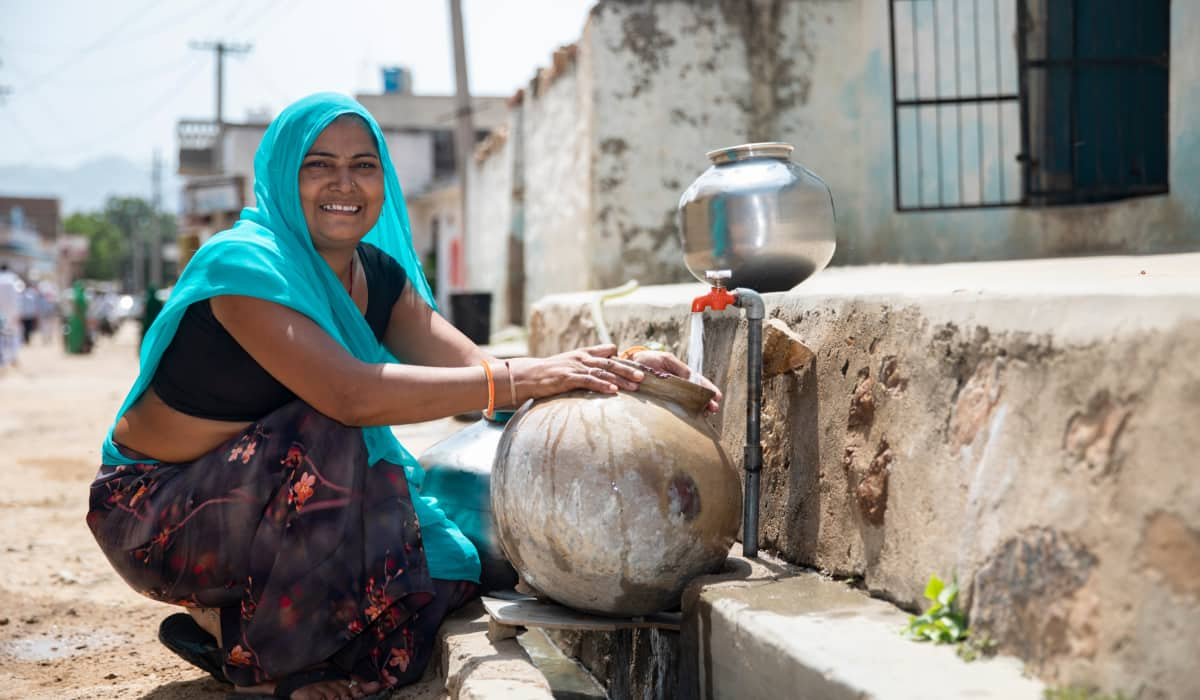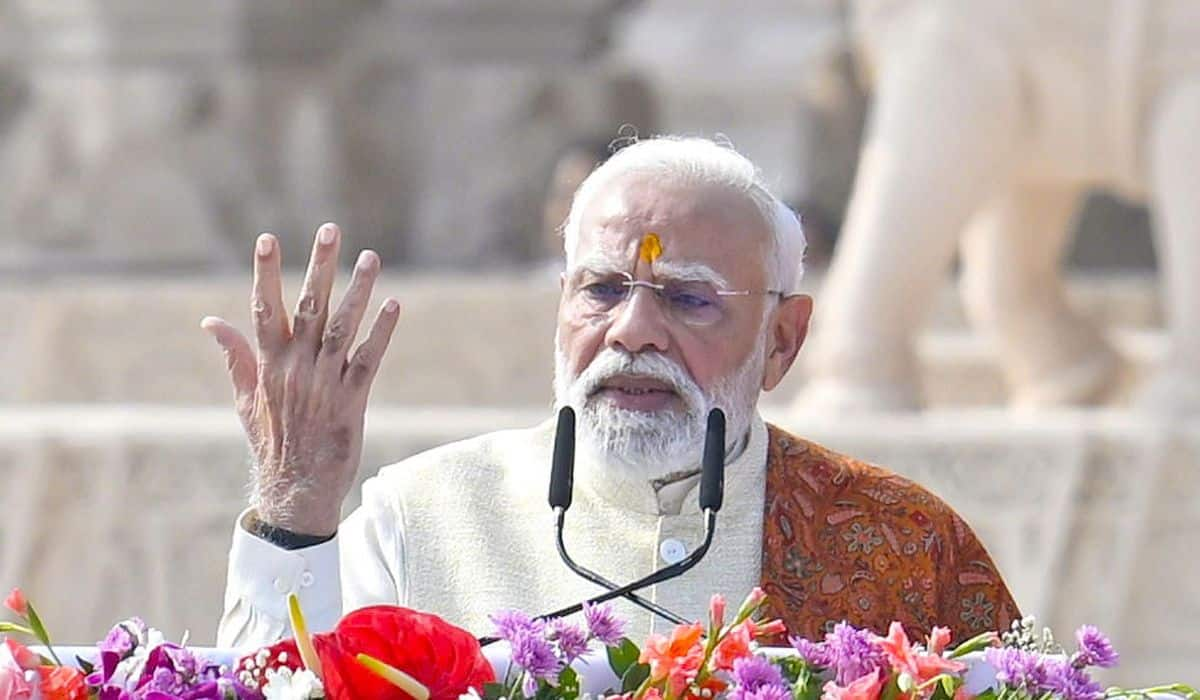India as the Mother Of Democracy has been persisting in its greatness, ensuring the fundamental right to democratically elected governance at every level. Be it the States or the Union Territories, despite being diverse in their administrative set up are encouraged to be identify and work out their optimal models for delivery of growth and development. In an unconventional approach, PM Modi has advocated and fostered the use of Union territories as ideal platforms for launching novel projects. Trial initiatives are allowed to undergo comprehensive testing within the Union Territories before being expanded for adoption across broader regions and states.
The Union Territories, known for their small scale and efficient administrative frameworks government has thus been able to capitalise on the Centre’s focus on infrastructure development, including the improvement of road networks, healthcare facilities, education and tourism. Due this approach, Union Territories such as Chandigarh, Puducherry, Dadra & Nagar Haveli and Daman are thriving now, with varied levels of economic success and they have human development indicators that could cross and exceed higher than those of the average Indian state. The government of Prime Minister Narendra Modi has spearheaded various initiatives and development projects with the objective of augmenting the advancement of Dadra and Nagar Haveli and Daman and Diu, two union territories. In order to improve efficiency and streamline administrative procedures, these territories were combined in January 2020.
Such an alignment has streamlined the ability of these four Union Territories to significantly contribute to the realization of our common goal of a Viksit Bharat. Seeing merits on offer, the local self-government organizations now support a bottom-up strategy that empowers communities, especially by guaranteeing women's equal involvement in decision-making processes in these territories. Both Chandigarh and Puducherry have scaled up in terms of per capita income across the last 3 years.
In the last decade, due to the enabling environment in the nation, the Union Territories are proudly promoting the awareness and dissemination of their heritage across India. The national leadership has pursued structural reforms in a manner such that within a decade, the nation has escaped the grouping of Fragile Five economies to enter the grouping of Top 5 economies. The clarity in the goal has enabled UTs seize this opportunity to serve the nation effectively.
Union Territories are witnessing the development of vast tourism potentials. The aim is to foster the growth and sustainable development of tourism destinations through participatory initiatives, known as Jan Bhagidari initiatives. The Prime Minister has inaugurated and launched 52 tourism sector projects valued at over Rs 1400 crores under the Swadesh Darshan and PRASHAD Scheme and UTs are beneficiaries of this. Moreover, initiatives like the Aatmanirbhar Bharat Abhiyan, which promotes independence and entrepreneurship, have been used to stimulate economic development.
Ensuring the prosperity of millions of farmers and realizing the vision of "Sahkaar Se Samriddhi", major effort to computerize Registrar of Cooperative Societies (RCSs) and Agriculture & Rural Development Banks (ARDBs) have been made to improve RCS offices' efficiency, accountability, transparency, and integration with the national database in the UTs. The Ayushman Bharat scheme has been expanded to give health insurance coverage, and initiatives like the Pradhan Mantri Jan Arogya Yojana (PMJAY) have been established to improve healthcare accessibility and affordability for residents in these UTs.
Emphasis on social connectivity, promotion of physical connectivity, democratization of technology has ensured that these UTs should feel scarcity of opportunity and rise up to its full potential. Optical fiber to all the villages and the cheapest data cost has eased access to information. A new push to digital entrepreneurship in villages is on offer and UPI has helped small businesses and street vendors in these UTs to access banking services.
Another major area of concentration has been infrastructure development, with large sums of money invested in enhancing the roads and transit systems of numerous areas within these UTs. To improve connection in rural and coastal areas, the Indian government has launched a number of programs. Furthermore, the goal of creating a high-speed rail network in India has led to the operation of Vande Bharat trains on more than 51 routes. These advancements are providing substantial advantages to the Union Territories, such as more convenient travel and exciting job prospects have opened up. The Sagarmala Scheme-funded Puducherry Port Development project is one such most quoted initiative. Similarly, under the Khelo India program, Puducherry's young now have access to top-notch sports facilities, enabling them to compete well at national and international levels.
Chandigarh has been added to the Smart City Mission, which aims to use technology to raise the standard of living and enhance facilities in metropolitan areas. More than 200 kilometers of bike lanes and walkways, demonstrating significant advancements in this area are on display. The city has been able to improve last-mile connectivity by putting Public Bike-Sharing (PBS) networks in place. This PBS effort, which consists of 5000 bicycles and 617 stations, is the most densely stationed system in India and is the first pan-city PBS system. The opening of the first Indian Air Force Heritage Centre in Chandigarh has been praised by Prime Minister Narendra Modi.
Setting new benchmarks in governance, in March 2024, the 'NITI for States' platform, a cornerstone initiative empowering states and UTs to contribute significantly to the collective vision of a developed India was launched to foster collaborative governance. Such innovations empower frontline functionaries, facilitate replication of successful initiatives and effective addressal of local challenges strengthening cooperative federalism through knowledge sharing and cross-learning among these four UTs. Its thus undeniable that PM Modi’s robust follow-up and frequent visits to these areas has accelerated ease of commute, ease of living, ease of business and thereby enhanced standard of living to the masses here.















